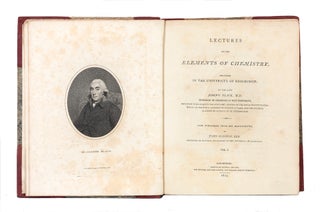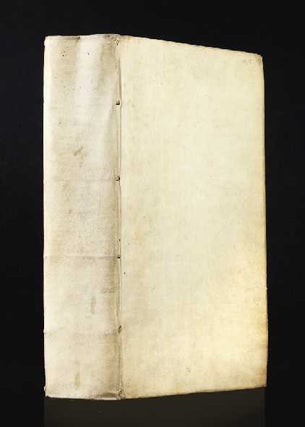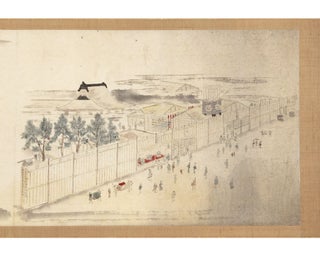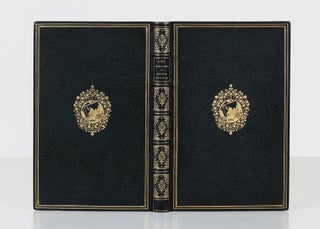![Item ID: 6820 A collection of drawings, including a fine & extended drawing, in brush & wash colors, of a ship’s steam engine and it parts; along with one more smaller drawing of the furnace; and 12 architectural drawings of various aspects of the Western ship; entitled on the wrapper “Joki shikari kumiawase mitori no zu” [“Steam Engine Parts, the Design of the Ship, and Its Assemblage”]. STEAMSHIP ENGINE DRAWINGS.](https://jonathanahill.cdn.bibliopolis.com/pictures/6820.jpg?width=768&height=1000&fit=bounds&auto=webp&v=1574699447)
“Of Red-Haired Origin”
A collection of drawings, including a fine & extended drawing, in brush & wash colors, of a ship’s steam engine and it parts; along with one more smaller drawing of the furnace; and 12 architectural drawings of various aspects of the Western ship; entitled on the wrapper “Joki shikari kumiawase mitori no zu” [“Steam Engine Parts, the Design of the Ship, and Its Assemblage”].
14 sheets, ranging from 2000 x 377 mm. to 670 x 385 mm. (the 12 drawings) to 567 x 380 mm. (the furnace), plus the wrapper. All on fine thin paper. [Japan: ca. 1855-63].
With the first demonstration of steam power in Japan, thanks to Commodore Perry’s visit in July of 1853, the feudal domains immediately began to organize the construction of a fleet of large Western-style warships. By the August 1853 arrival in Nagasaki of the Russian Admiral Yevfimy Putyatin, who gave a demonstration of a steam engine on his ship, the Palladia. Hisashige Tanaka (1799-1881), the founder of the future Toshiba Corporation and the “Thomas Edison of Japan,” promptly copied these models and built Japan’s first steam engine. The first steam-powered warship to enter the Japanese navy was the Kanko Maru, given by the Dutch government in 1855. Western naval technologies were quickly assimilated; the earliest Japanese steam-powered warships were based on Dutch shipbuilding manuals and with direct assistance from Dutch representatives. In 1863, Japan completed is first domestically built steam warship, the Chiyodagata. Following the humiliations at the hands of foreign navies in the Bombardment of Kagoshima in 1863, the shogunate began to rely more on French and British warship technologies.
The large drawing of the steam engine and its parts is captioned (in trans.): “The steamship’s measurements: length is ca. 50 meters, width is ca. 11 meters, and depth is ca. 7 meters. Steam engine’s structure and the parts described with measurements.” From right to left, we see about thirty of the parts of the steam engine, often with katakana labels and measurements, the latter written in red ink. On the farthest left of this sheet is a remarkable and fine drawing (770 x 380 mm.) in brush, with wash in various grays, yellow, and pink, of the assembled engine.
On the first leaf of the series of 12 numbered sheets of drawings of the naval architecture of the proposed warship, a label pasted-on states (in trans.): “The 12 sheets of illustrations are copies of red-haired origin, of the ship.” These sheets contain hundreds of drawings, many heightened with gray wash and many with specific measurements, of various aspects of the ship’s design, in preparation for construction. Included are numerous depictions of the hull, deck, bulkheads, rudders, winches, and gears from different viewpoints, and of structural and strengthening elements, with many manuscript labels in katakana, of Dutch terms.
There is some worming on the sheets, which does touch some drawings and characters, but it is not offensive.
Price: $5,500.00
Item ID: 6820




